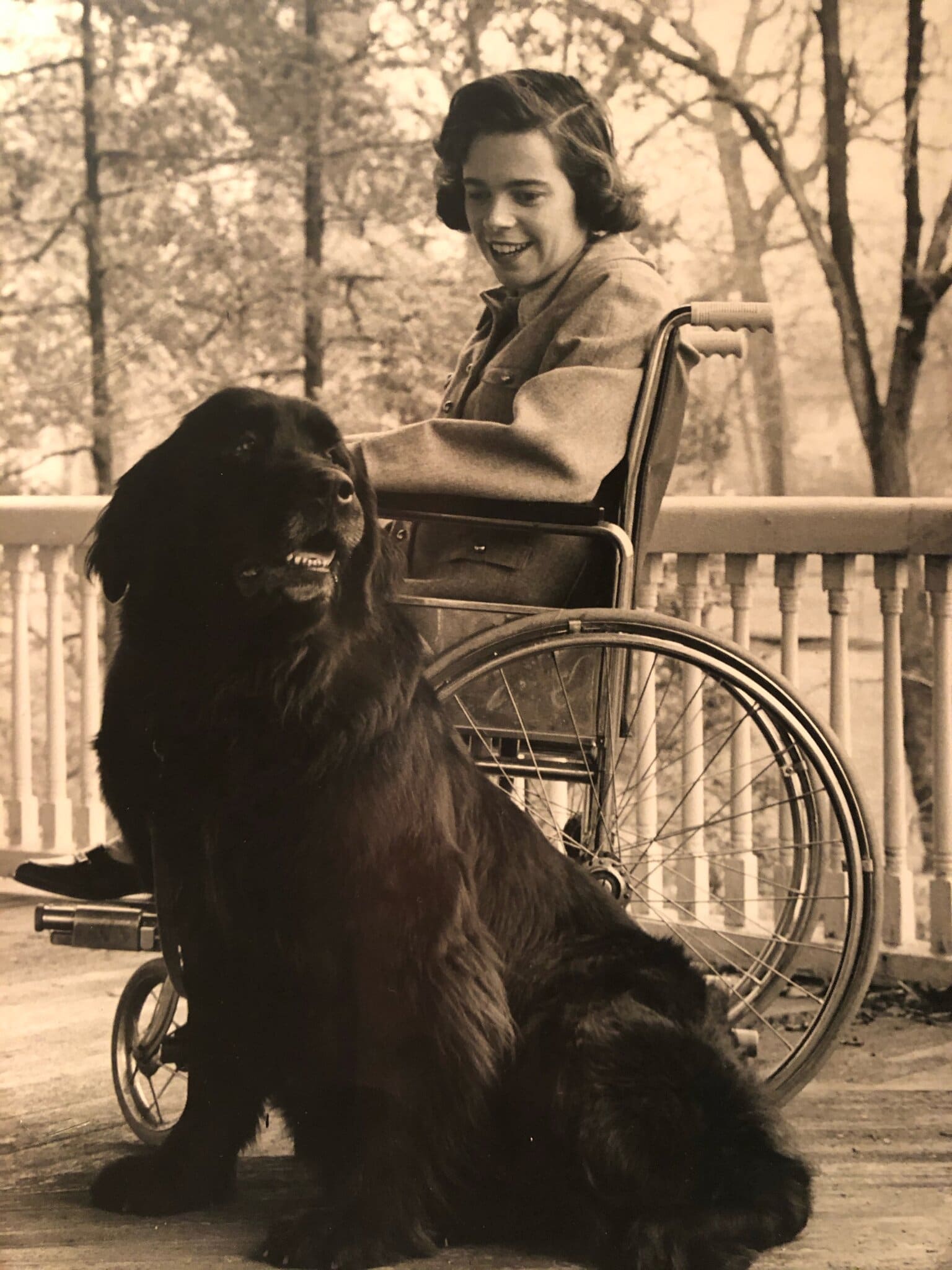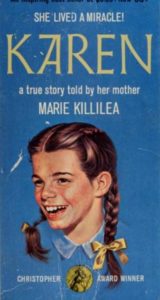(Photo Credit: Infinite Flow Dance Co.)
The world of professional dance is cutthroat to put it mildly. Just ask Marisa Hamamoto, a professional dancer who founded Infinite Flow, a dance company for individuals with and without disabilities in 2015. Hamamoto, who experienced a stroke that left her temporarily paralyzed from the neck down in 2006, established the company to challenge the status quo in the professional dance world and to create opportunities for disabled dancers. For her efforts, Hamamoto was named one of People Magazine’s Women Changing the World in 2021. Recently, she told People “We’re changing the narrative around disability and diversity. We’re using dance as a way to dismantle stereotypes.”
Hamamoto isn’t the only dancer who believes that the world of professional dance should be more inclusive. Today, dance companies that include dancers with disabilities exist all over the world. Below are examples of just some of the dance companies that employ disabled dancers. As more and more performance venues reopen post-COVID-19, consider catching one of these companies in action:
- Heidi Latsky Dance Company Based in New York City, Heidi Latsky is known as a “physically integrated” company because it integrates dancers with and without disabilities. Latsky is not disabled, but “in 2006, Latsky recognized a resonance between her own artistic process and core tenants of disability culture: prioritizing collaboration, centering radical bodies, exquisite asymmetries, moments of raw or uncomfortable beauty, and differences as sites of power,” according to her website. Her first foray into integrated dance came when “guided by influential disability activists such as Lawrence Carter-Long and Simi Linton, HLD premiered ‘GIMP,’ its confrontational first full-length inclusive work, in 2008, and toured it through 2012.”
- AXIS Dance in Oakland, California, is probably the most well-known integrated dance company. The award-winning company was founded in 1987 and has toured widely. In addition to its performances, AXIS also offers dance classes and outreach programs for dance students of all abilities. In an interview with the Harvard Gazette in 2020, artistic director Marc Brew, who uses a wheelchair, explained, “in the world of classical ballet, everyone’s striving for the so-called ‘perfect body’ and looking the same. What we rejoice in and are very proud of is that through difference, there is beauty and that’s what we bring, and how we collaborate together. We’re not trying to be the same.”
- Kinetic Light was founded by dancer, engineer and wheelchair user Laurel Lawson, lighting designer Michael Maag and dancer and wheelchair user Alice Shephard in 2016. Unlike many integrated companies, Kinetic Light describes itself as a “disability arts ensemble.” According to its website, the company is “led by a disabled artist; disabled artists create, design, and perform the work; our work speaks to and emerges from disability aesthetics and disability culture; and our work is connected to the rich traditions and exciting contemporary conversations of disabled artists in all artistic fields.”
- Urban Jazz Dance Company in the Bay Area of California includes both hearing and deaf dancers. It was founded by deaf dancer Antoine Hunter. According to an article in Artnews, Hunter “reminds us that American Sign Language (ASL) is a form of bodily expression. He experiences music as vibrations in his bones rather than sounds in his ears, which makes the translation of beats to movements natural.”
- Dancing Wheels Company & School, a physically integrated organization, was established in Cleveland, Ohio, in 1980. According to its mission statement, the company’s founder, Mary Verdi-Fletcher, was the first wheelchair dancer in America. The statement goes on to explain that “having been born with spina bifida, Mary wanted to open the doors of opportunity for people with disabilities who wanted to pursue their goals on an equal ground with their non-disabled peers. Mary always wanted to be a professional dancer, and was not going to let her disability stand in her way.”
- Anjali Dance Company trains dancers with learning disabilities to be professional dancers. Founded in the UK in 1995, the company added a youth company in 2006. The company’s website says that the organization is “committed to challenging preconceptions about who can dance and demonstrating new artistic possibilities by creating dance works of excellence performed by dancers with learning disabilities.” The company offers dance education and outreach programs that are taught by instructors with learning disabilities. “Through our innovative and pioneering work, we engage the professional dance community in a debate on fundamental issues about aesthetics, form, purpose and inclusion.”














